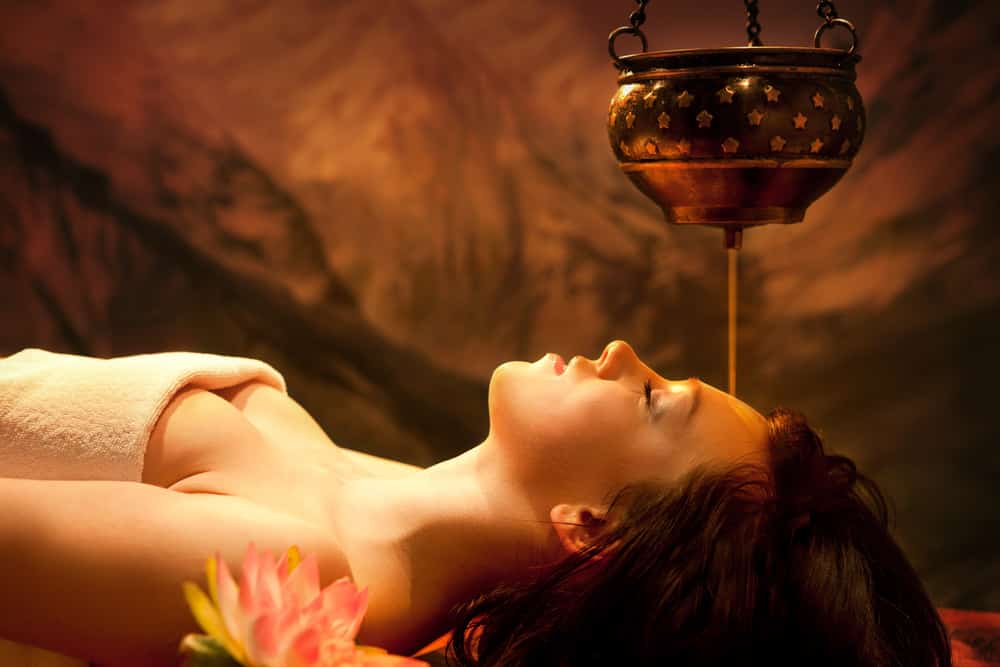Medical travel started with history. Greek God of Healing–Asclepius In the past, many people, visited spas and health centers to get relief from their health problems.
India is one of the world’s oldest medical tourism destinations, and it has now also become one of the world’s most popular ones.
Medical tourism is thousands of years old. In ancient Greece, pilgrims and patients came all over the Mediterranean to the sanctuary of the healing god, Asklepios, at Epidaurus. In Roman Britain, patients took the waters at a shrine for Bath, a practice that continued for 2000 years. During the 18th century, wealthy Europeans traveled from Germany to the Nile to spas.
India is an ideal place for medical tourism. India is second only to Thailand in the number of medical tourists it has attracted medical tourists since the early 1990s. Also, in 2002, India was one of the first countries to promote medical tourism as an export industry by offering special tax incentives to medical tourists’ care providers.
The country’s diverse medical-care offerings further enhance India as a medical tourism hub. These offerings include advanced, hi-tech medical care such as heart surgeries, dental procedures, and hip resurfacing as well as more holistic forms of treatment such as Ayurveda, yoga, and spa therapy. This range provides abundant opportunities for medical tourists.

In the 21st century, relatively low-cost jet travel has taken the industry beyond the wealthy and desperate. India is also considered a land of renewals, rebirths, and reincarnations. But the Indian tourism industry is just realizing the payback that this USP can offer in the form of medical tourism.
People worldwide have been traveling to Indian schools to learn the techniques for curing illness and preventive therapy. People wishing to learn about medical procedures went to countries like Greece, Rome, Egypt, Persia, and India and then took this knowledge to their home countries and applied them there.
As these techniques became famous, people began to travel to India for treatments. People who came for trade and related purposes also opted for medical treatments in India. Thus, medical tourists have been coming to India since olden times for treatments, especially Ayurvedic treatments.
In the 1960s, Indian emerged as a destination of choice for pilgrims when the New Age movement was beginning in the US. With the rediscovery of yoga and Ayurvedic treatments, India emerged as the medical tourism destination of choice.
In the 1980s and the 1990s, the cost of healthcare began to rise, so Americans began to look for other places for medical treatments. And this is when India and other countries emerged as offshore destinations, especially for dental and cosmetic treatments.
Some might have difficulty categorizing yoga retreats, Buddhist pilgrimages, and meditation centers as medical tourism, but the unbelievable reach of India’s healing arts is not to be ignored. Ever since yoga’s birth more than 5,000 years ago, India has enjoyed a constant influx of medical travelers and spiritual students hoping to master and benefit from this most fundamental and revered branch of alternative medicine.
When Buddhism came along roughly 2,500 years later, this only added fuel to the fire and helped position India as the epicenter of Eastern cultural, spiritual, and medicinal progress.

India is one of the world’s oldest medical tourism destinations, and it has now also become one of the world’s most popular ones.
Medical tourism historically has spread by old-fashioned word-of-mouth. Someone has a great experience with medical care in another country and passes the story to friends, co-workers, and acquaintances. The story spreads. Other people with medical needs begin to consider the possibilities. This has been happening for as long as there have been medical practitioners.
In the 1980s, doctors, surgeons, and medical facilities interested in developing an international clientele began advertising and marketing. There was nothing large-scale doctors and hospitals placed ads in in-flight magazines, perhaps conducted seminars abroad on what services were available. The business grew, though not so much that anyone noticed other than the participants.
The Internet came along in the mid to late 90s, and modern medical tourism was born in India. Doctors and surgeons, clinics, and hospitals went online and could reach a global market. Patients could share their experiences in the same way. It became possible to find out nearly as much about what medical services were available, what doctors were like, and what patient experiences were at prominent hospitals and other medical facilities worldwide.
The privatization of the Medicare sector has brought five-star facilities and world-class treatments. The country can now boast of many corporate hospitals. India is a source market for professionals in the medical fields for many renowned hospitals around the world. Hi-tech medical facilities have become necessary following consumer demand among the world’s fastest-growing middle class.
India offers a range of world-quality hospitals and treatments: a fraction of world costs, with comparable success rates and service levels directly in proportion to the high-value system and natural caring that comes with its heritage. Indian hospitals are becoming known internationally for standards of health care delivery comparable to the best in the world.
India has the technology, super-skilled specialists, sound infrastructure, and professional management nurses and paramedical staff to compete internationally. Many American citizens not covered by insurance – those in countries such as the United Kingdom where there are long waiting lists for many National Health Services – prefer to receive treatment in a country like India, where top-tier instruments can provide high-quality health care at a fraction of the cost.
In ever-increasing numbers since then, patients have chosen the option of going abroad. Usually, they make their arrangements, guided by medical service providers they have contacted on the Internet, friend, and family. Indian healthcare services provide ancient alternative healthcare therapies, including yoga, meditation, Ayurveda, aromatherapy, acupuncture, etc.
While Localised healthcare continues to play a critical role in daily care, diagnostic medicine, and aftercare, international facilities are stepping to the forefront and providing an essential alternative to a growing number of patients faced with exorbitant costs or high costs or excessive wait times in their home countries.